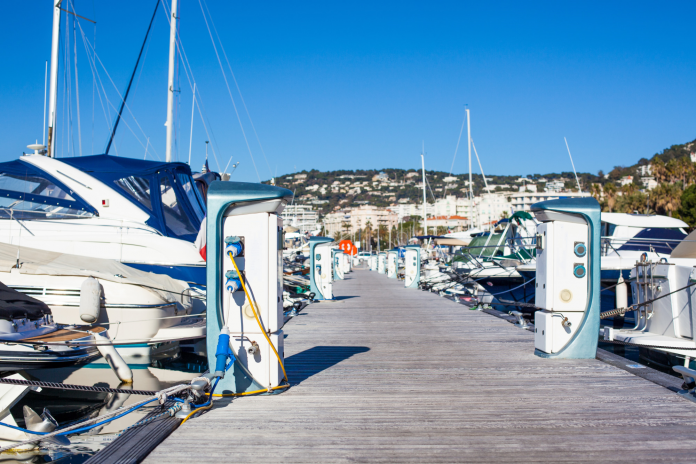If an afternoon on the water with family and friends is your idea of a perfect leisure activity, you’re hardly alone. According to the National Marine Manufacturers Association, there are many others in the same boat—pun intended. Recreational boating sales increased by 4% in 2018 and shows signs of continued growth in 2019.
To set yourself up for many care-free afternoons sailing, fishing, or just spending quality time with loved ones, you need to know a thing or two about what goes into choosing the right battery for boats.
Use this handy overview of boat battery essentials to ensure smooth sailing on all your future outings at the lake or on your next fishing trip.
Function First: Picking the Right Battery for Boats
Before you begin the shopping process for the best boat battery, you should consider the purpose. Boat batteries serve two major functions: starting the boat and supporting electrical loads.
Cranking Batteries
Starting batteries, also known as cranking batteries, do the work of starting your boat’s engine.
Since cranking batteries help get your boat engine going, they deliver a concentrated and short burst of power. This is possible because of the construction of this battery type. These batteries have more surface area and are made up of many thin layers of lead plates.
Deep-cycle Batteries
Deep-cycle batteries are used to meet all the other electrical demands aboard your vessel. That could include everything from lights to the radio to a trolling motor.
Deep-cycle batteries differ from starting batteries in purpose and construction. They’re made up of thicker lead plates that can deliver energy over a longer amount of time.
You can purchase separate batteries for these two categories of work. But there are also dual-purpose batteries that can provide enough energy to satisfy all energy demands.
Marine Battery Types
Boat batteries serve two major purchases and fall into two main categories. But you can break this down into another tier based on the chemistry of the battery.
Wet Cell Batteries
These are the most traditional type of lead-acid battery. You may also hear them referred to as flooded batteries.
They contain sulfuric acid and distilled water, which needs to be replenished when low.
Gel Batteries
These batteries are filled with electrolyte liquid and do not need water. They’re low-maintenance but do tend to be one of the more expensive battery types.
Absorbed Glass Mat
Also called AGM batteries, they’re filled with a highly absorbent microfiber glass between the plates. They tend to be heavier and more costly than other marine batteries.
Lithium Batteries
Lithium batteries for your boat can provide long-lasting energy for your trolling motor or outboard engine. They can be used in all types of boats from large cruise ships to electric fishing boats.
Consult this lithium battery guide for more information on this up-and-coming marine battery category.
Get More Boat Battery and Tech Tips
Choosing the right battery for boats of all types and sizes isn’t difficult with a little knowledge on your side.
If you found this overview helpful, make sure to continue browsing our blog for more insightful tech and gadget tips.

